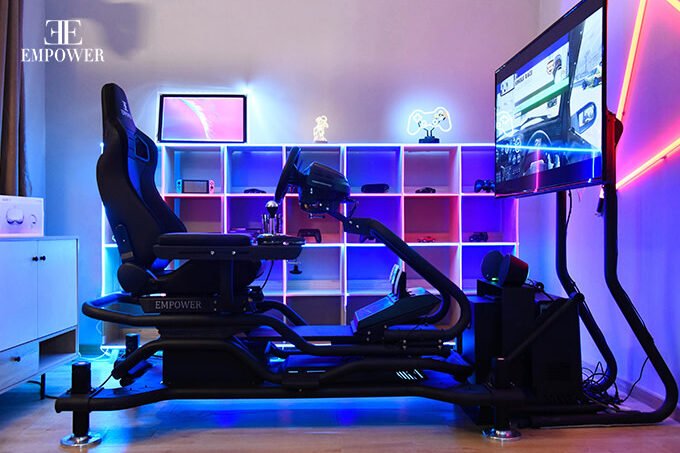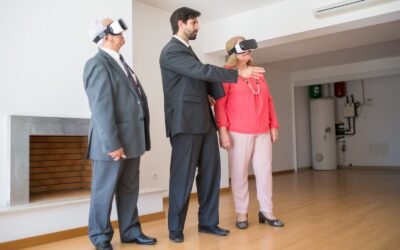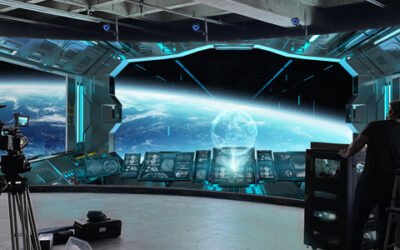Exploring the Exciting World of Simulator Systems: A Haven for Gamers and Enthusiasts
As technology continues to advance at a rapid pace, the gaming and enthusiast communities are constantly seeking new and immersive experiences. One such avenue that has gained significant popularity in recent years is the realm of simulator systems. These cutting-edge setups offer gamers and enthusiasts the opportunity to step into virtual worlds, pushing the boundaries of realism and providing unforgettable experiences. In this article, we will delve into the diverse range of simulator systems available on the market, highlighting their features, benefits, and the excitement they bring to users.
Racing Simulators
For racing enthusiasts, simulator systems have revolutionized the way they experience their favorite motorsport disciplines. These setups typically consist of a racing seat, steering wheel, pedals, and a display or virtual reality (VR) headset. With realistic force feedback, accurate physics engines, and meticulously recreated tracks, racing simulators provide an immersive driving experience. Brands like Logitech, Thrustmaster, and Fanatec offer high-quality racing simulators suitable for beginners and professionals alike.
Flight Simulators
Aviation enthusiasts can take to the virtual skies with advanced flight simulator systems. These setups often include a flight stick, throttle quadrant, rudder pedals, and a high-definition display or VR headset. Whether you dream of piloting commercial airliners, military jets, or vintage aircraft, flight simulators like Microsoft Flight Simulator and X-Plane provide a realistic cockpit environment and breathtaking scenery, enabling users to fulfill their aviation fantasies.
Space Simulators
The allure of space exploration has captivated the imaginations of countless individuals. Simulator systems dedicated to space exploration offer users an opportunity to embark on interstellar journeys, visit distant planets, and experience the wonders of the universe. Titles such as Elite Dangerous and No Man’s Sky provide players with the ability to pilot spacecraft, engage in intergalactic trade, and engage in epic space battles. Paired with VR technology, these simulators transport users to the vastness of outer space like never before.
Construction and Farming Simulators
Simulator systems are not limited to vehicular experiences alone. Construction and farming simulators cater to those who enjoy the intricacies of building and managing virtual worlds. These simulators provide a unique perspective on the challenges faced in construction and agricultural industries. With titles like Euro Truck Simulator 2 and Farming Simulator series, players can operate heavy machinery, manage their own farms, and even drive iconic vehicles, offering a glimpse into these professions from the comfort of their homes.
Cycling Simulators
A cycling simulator is a virtual training system that allows cyclists to replicate outdoor riding experiences indoors. By connecting a stationary bike or a smart trainer to a computer or mobile device, cyclists can engage in immersive virtual environments and simulated routes. These simulators offer realistic graphics, interactive features, and adjustable resistance levels to mimic various terrains and challenges. Cyclists can track their performance metrics, compete with friends or other riders online, and follow structured training programs. With a cycling simulator at home, cyclists can enjoy the benefits of indoor training while experiencing the thrill of outdoor cycling, making it an ideal tool for improving fitness, honing skills, and maintaining cycling routine regardless of weather or time constraints.
Combat Simulators
Combat simulator systems cater to military enthusiasts, offering the opportunity to engage in realistic virtual warfare scenarios. These simulators provide players with authentic weaponry, accurate ballistics, and lifelike combat environments. Titles like ARMA 3 and Squad emphasize teamwork, strategy, and tactical decision-making, providing a unique and intense multiplayer experience for players seeking a taste of military action.
Simulator systems have transformed gaming and enthusiast experiences, allowing individuals to immerse themselves in virtual worlds that replicate real-life activities. Whether it’s racing, flying, exploring space, building virtual empires, or engaging in combat, the market offers a diverse array of simulator systems to cater to every interest and passion. These setups provide a level of realism and engagement that was previously unimaginable, making them an indispensable part of the gaming and enthusiast landscape. So, strap yourself in, buckle up, and get ready to embark on incredible adventures that transcend the boundaries of reality with simulator systems.







